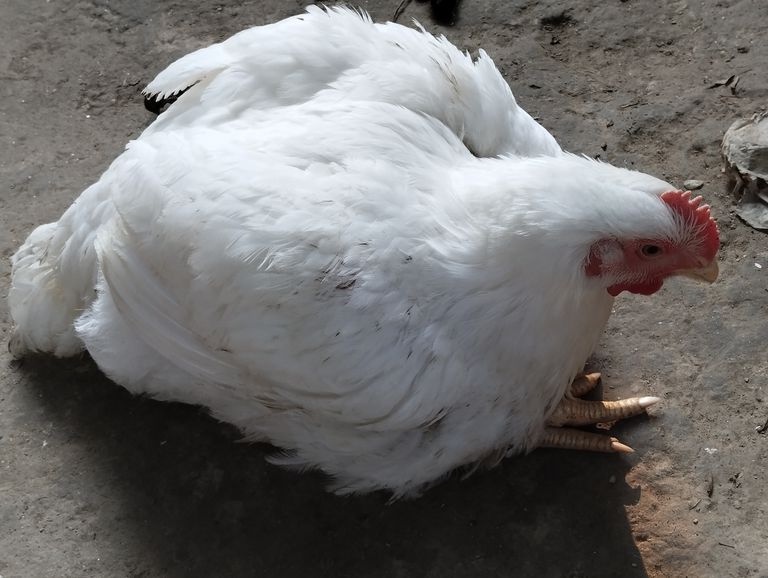
Raising Broiler Chickens A Comprehensive Guide.
Broiler chickens are one of the most profitable livestock ventures due to their rapid growth and high demand in the meat industry. Whether you're a beginner or an experienced farmer, understanding the proper methods for raising broiler chickens can ensure healthy growth and maximize profit. Here’s a detailed guide on broiler chicken farming.
- Understanding Broiler Chickens
Broiler chickens are bred specifically for meat production. They grow quickly, reaching market weight (around 2-3 kg) in 5-7 weeks. Popular breeds include Cobb 500, Ross 308, and Hubbard, known for their efficiency and high meat yield.
- Preparing the Broiler House
A well-prepared environment is crucial for the health and growth of broiler chickens.
Location: Choose a well-ventilated area away from noise and pollution.
Space Requirements: Provide 0.6-0.9 square feet per bird. Overcrowding can lead to stress and diseases.
Temperature and Humidity: Maintain 32-35°C (90-95°F) for chicks during the first week, gradually decreasing to 24°C (75°F) by the fifth week. Use heating lamps for temperature control.
Litter Material: Use dry and absorbent materials like wood shavings or rice husk. The litter depth should be around 2-4 inches.
Biosecurity: Regularly disinfect the poultry house to prevent diseases. Limit visitors and ensure proper footwear sanitation.
- Choosing and Caring for Chicks
Sourcing Chicks: Purchase high-quality chicks from reputable hatcheries. Ensure they are healthy, active, and free from diseases.
Brooding: The first 2-3 weeks are crucial for chick survival. Maintain optimal temperature, provide clean water, and monitor their behavior.
Vaccination: Follow a proper vaccination schedule to prevent diseases like Newcastle and Infectious Bursal Disease (IBD).
- Feeding and Nutrition
Proper nutrition is vital for broiler growth.
Starter Feed: High-protein feed (22-24%) for the first 2-3 weeks.
Grower Feed: Moderate protein feed (20-22%) from weeks 4-5.
Finisher Feed: Low-protein feed (18-20%) for the last week to enhance meat quality.
Water: Provide fresh, clean water at all times. Add vitamins and electrolytes during heat stress.
- Health Management
Common Diseases: Watch for signs of diseases like coccidiosis, respiratory infections, and Marek's disease.
Prevention: Maintain cleanliness, ensure proper ventilation, and avoid overcrowding.
Treatment: Consult a veterinarian for any health issues. Keep essential medicines on hand.
- Lighting and Growth Stimulation
Lighting plays a key role in broiler development.
Chicks: Provide 24-hour light during the first week.
Growing Phase: Gradually reduce to 16-18 hours of light per day to promote growth and reduce stress.
- Harvesting and Marketing
Market Weight: Broilers are usually ready for sale at 35-42 days old. Ensure uniform weight and proper health before harvesting.
Processing: Handle birds carefully during slaughtering and processing to maintain meat quality.
Marketing: Connect with local markets, wholesalers, and retailers for better profit margins.
- Economic Analysis
Before starting, calculate the costs and potential returns.
Expenses: Include chick cost, feed, electricity, labor, and medicines.
Profit Margin: A well-managed farm can yield significant profit depending on market demand and operational efficiency.
- Sustainability and Expansion
Start small and gradually increase flock size as you gain experience.
Explore value-added products like packaged chicken meat to increase profitability.
Final Thoughts
Raising broiler chickens can be a rewarding business if done correctly. By focusing on proper housing, nutrition, health management, and market strategies, you can achieve sustainable growth and high returns. Always stay updated on poultry farming practices and adapt to changing market demands.
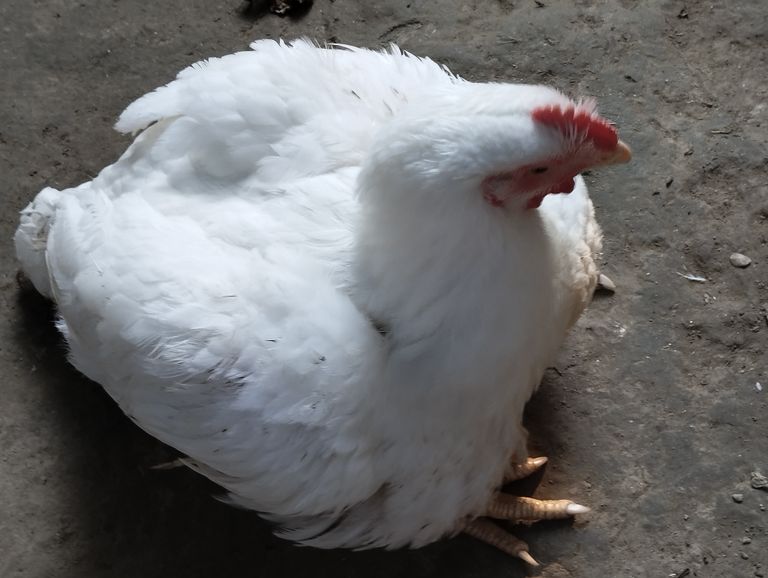
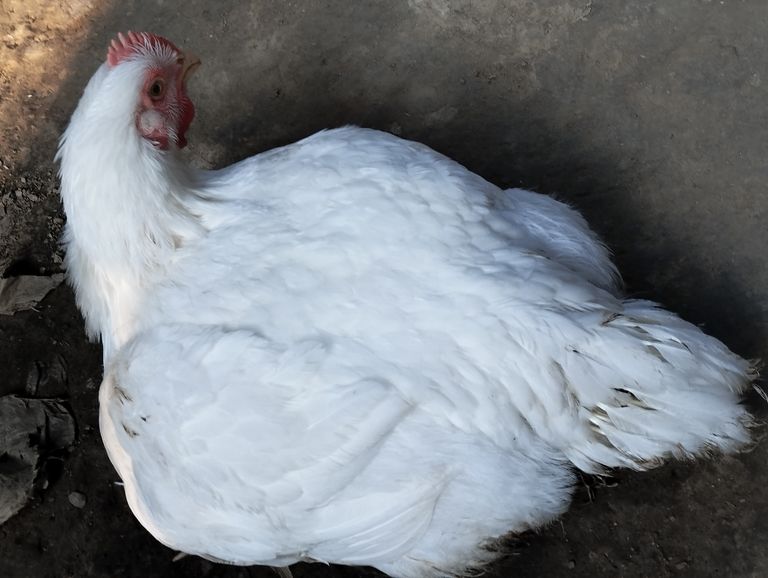
Common Diseases and Issues in Broiler Chickens: A Comprehensive Guide
Broiler chickens are bred for rapid growth and high meat yield, making them highly profitable for poultry farmers. However, their fast growth and intensive rearing conditions can make them vulnerable to various diseases and health issues. Understanding these diseases, their causes, symptoms, and preventive measures is crucial for maintaining a healthy flock and ensuring productivity.
- Respiratory Diseases
Respiratory diseases are common in broilers due to poor ventilation and overcrowding.
Common Respiratory Diseases:
Infectious Bronchitis (IB): Caused by a virus, IB leads to coughing, sneezing, and nasal discharge. It can also reduce egg production in layers.
Avian Influenza (AI): A highly contagious viral disease causing respiratory distress, swelling, and reduced feed intake.
Mycoplasmosis: Caused by Mycoplasma gallisepticum, it results in nasal discharge, swollen sinuses, and difficulty breathing.
Newcastle Disease (ND): Characterized by respiratory symptoms, paralysis, and a drop in production.
Prevention and Management:
Maintain proper ventilation and temperature.
Administer vaccines as per the recommended schedule.
Ensure regular cleaning and disinfection of the poultry house.
- Digestive Diseases
Digestive disorders can severely impact the growth and feed conversion efficiency of broilers.
Common Digestive Diseases:
Coccidiosis: Caused by protozoa, it leads to bloody diarrhea, reduced feed intake, and weight loss.
Necrotic Enteritis: Caused by Clostridium perfringens, this disease damages the intestinal lining, leading to poor digestion and high mortality.
Salmonellosis: A bacterial infection causing diarrhea, lethargy, and dehydration.
Prevention and Management:
Provide clean drinking water and uncontaminated feed.
Use probiotics and prebiotics to improve gut health.
Implement a coccidiostat program to prevent coccidiosis.
- Nutritional Deficiencies
Broilers have high nutritional requirements for their rapid growth. Imbalances or deficiencies can lead to health problems.
Common Deficiencies:
Calcium and Vitamin D Deficiency: Causes weak bones, lameness, and poor growth.
Vitamin A Deficiency: Leads to poor vision, respiratory issues, and stunted growth.
Protein Deficiency: Results in slow growth and poor feather development.
Prevention and Management:
Provide a balanced diet with adequate levels of protein, vitamins, and minerals.
Use high-quality feed from reliable suppliers.
- Skeletal and Growth Disorders
Due to their rapid growth, broilers often suffer from skeletal issues.
Common Disorders:
Rickets: Caused by calcium or phosphorus deficiency, it leads to soft and deformed bones.
Tibial Dyschondroplasia: Results in swollen joints and difficulty walking.
Ascites: Fluid accumulation in the abdomen due to rapid growth and poor ventilation.
Prevention and Management:
Monitor growth rates and avoid overfeeding.
Ensure proper ventilation to reduce environmental stress.
Provide a balanced diet with essential nutrients.
- External Parasites
External parasites like lice and mites can cause discomfort and reduce productivity.
Common Parasites:
Red Mites: Feed on blood, causing anemia and reduced growth.
Lice: Cause irritation, leading to stress and decreased feed intake.
Prevention and Management:
Regularly inspect birds for signs of parasites.
Use approved insecticides and maintain cleanliness in the poultry house.
- Viral Diseases
Viruses are a significant threat to broiler chickens due to their rapid spread.
Common Viral Diseases:
Marek's Disease: Causes paralysis, tumors, and weight loss.
Infectious Bursal Disease (IBD): Affects the immune system, making birds susceptible to secondary infections.
Prevention and Management:
Vaccinate chicks against common viral diseases.
Isolate and cull infected birds to prevent the spread.
- Stress-Related Issues
Broilers are prone to stress due to their intensive rearing conditions. Stress can lower immunity and increase susceptibility to diseases.
Common Stress Factors:
Overcrowding
Poor ventilation
Sudden temperature changes
Prevention and Management:
Provide adequate space and ventilation.
Maintain consistent temperature and humidity.
Minimize handling and disturbances.
- Biosecurity Measures
Biosecurity is critical in preventing diseases in broilers.
Key Practices:
Restrict access to the poultry house to authorized personnel only.
Use footbaths and hand sanitizers at the entry points.
Dispose of dead birds and waste properly.
Maintaining a healthy flock of broiler chickens requires a combination of good management practices, balanced nutrition, and effective biosecurity measures. Regular monitoring, timely vaccination, and prompt treatment of diseases can significantly reduce losses and ensure high productivity. By addressing these common health issues, poultry farmers can optimize their operations and achieve sustainable growth.
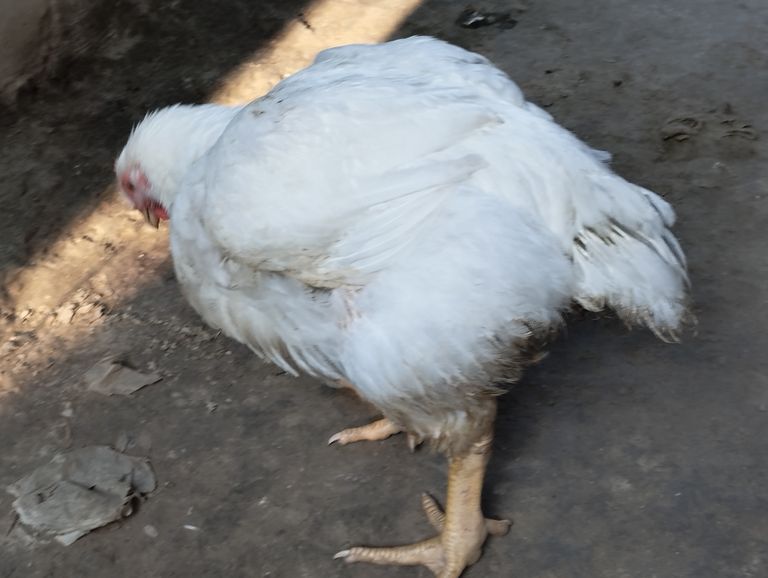
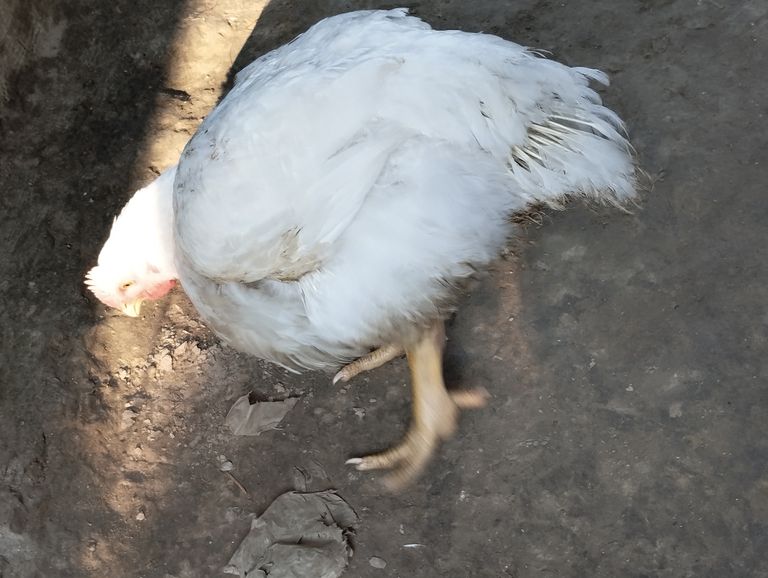
Complete Guide to Boiler Chicken Feed: Everything You Need to Know
Broiler chickens are specifically bred for meat production, and their growth depends heavily on their diet. Providing the right feed is crucial to ensuring their health, rapid growth, and efficient meat yield. In this blog, we'll cover everything you need to know about broiler chicken feed, including its types, nutritional requirements, and feeding strategies.
Importance of Proper Feed for Broiler Chickens
Feeding broiler chickens properly ensures:
- Rapid Growth: Broilers are designed to grow quickly, and balanced nutrition accelerates this process.
- Healthy Birds: A good diet reduces the risk of diseases and ensures the birds stay active and healthy.
- Cost Efficiency: Proper feeding minimizes wastage and increases feed-to-meat conversion rates, reducing overall costs.
Nutritional Requirements of Broiler Chickens
Broiler chickens have specific dietary needs, which vary depending on their growth stage. The primary nutrients include:
- Protein: Essential for muscle development and growth. Broiler feed typically contains 20-24% protein.
- Carbohydrates: Provide energy for daily activities and growth. Sources include maize, wheat, and barley.
- Fats: Aid in energy storage and provide essential fatty acids.
- Vitamins and Minerals: Strengthen immunity and support overall development. These include calcium, phosphorus, vitamin D, and vitamin A.
- Amino Acids: Essential amino acids like lysine and methionine are crucial for growth.
Types of Broiler Chicken Feed
Broiler feed is categorized based on the bird's growth stage:
- Starter Feed (0-3 Weeks)
Nutritional Content: High in protein (20-24%) and energy.
Purpose: Supports initial growth and development.
Key Ingredients: Soybean meal, fishmeal, and maize.
- Grower Feed (4-6 Weeks)
Nutritional Content: Slightly lower protein (18-20%) but high in energy.
Purpose: Focuses on muscle and skeletal development.
Key Ingredients: Cereals, oilseed meals, and balanced minerals.
- Finisher Feed (7 Weeks and Above)
Nutritional Content: Moderate protein (16-18%) with high energy content.
Purpose: Ensures weight gain and prepares birds for market.
Key Ingredients: Corn, soybean meal, and fats.
Common Ingredients in Broiler Feed
Cereal Grains: Maize, wheat, and sorghum for energy.
Protein Sources: Soybean meal, fishmeal, and groundnut cake.
Fats and Oils: Vegetable oil and animal fat for energy.
Mineral Mix: Provides calcium, phosphorus, and trace minerals.
Additives: Probiotics, enzymes, and growth promoters for better digestion and overall health.
Feeding Schedule for Broiler Chickens
- 0-3 Weeks: Provide starter feed. Offer small, frequent meals to match their rapid growth rate.
- 4-6 Weeks: Transition to grower feed. Feed 3-4 times a day.
- 7 Weeks and Above: Use finisher feed. Ensure ad-libitum (unlimited) feeding to maximize growth before market.
Tips for Feeding Broilers Effectively
Maintain Cleanliness: Always provide fresh and clean feed to prevent diseases.
Use Proper Feeders: Ensure feeders are the right size to prevent wastage.
Avoid Overfeeding: Overfeeding can lead to obesity and health issues.
Provide Fresh Water: Adequate hydration is as important as nutrition.
Monitor Growth: Regularly weigh your birds to ensure they are growing as expected.
Homemade Broiler Feed Recipe
For those looking to reduce costs, here's a simple recipe for homemade broiler feed:
Maize: 50%
Soybean Meal: 25%
Fishmeal: 10%
Wheat Bran: 10%
Mineral Mix: 3%
Vitamin Premix: 2%
Challenges in Feeding Broiler Chickens
Feed Wastage: Spillage and inefficient feeders can lead to significant losses.
Rising Feed Costs: Prices of ingredients like maize and soybean can fluctuate.
Nutritional Deficiencies: An imbalanced diet can lead to poor growth and diseases.
Feeding broiler chickens is a science that requires attention to detail and a clear understanding of their nutritional needs. Whether you opt for commercial feed or homemade recipes, ensuring a balanced diet is key to successful poultry farming. By following the strategies outlined above, you can ensure your broiler chickens grow healthy, quickly, and cost-effectively.
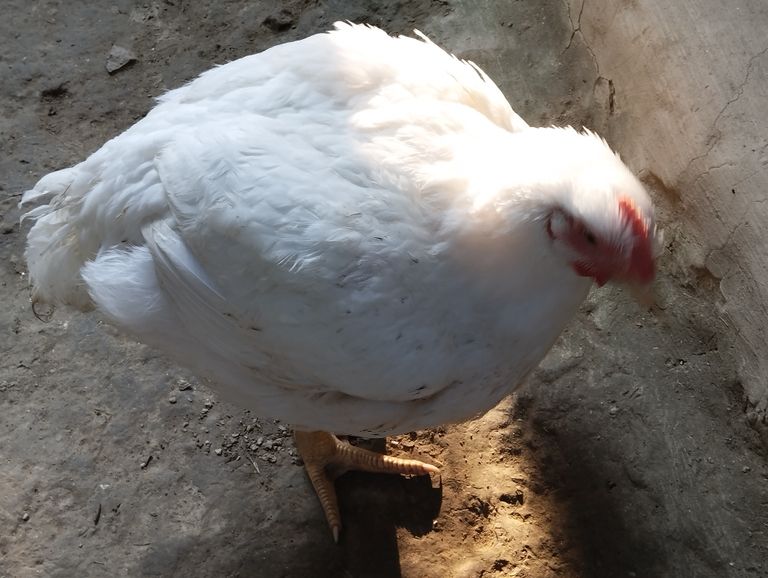
Complete Guide to Boiler Chicken Feed: Everything You Need to Know
Broiler chickens are specifically bred for meat production, and their growth depends heavily on their diet. Providing the right feed is crucial to ensuring their health, rapid growth, and efficient meat yield. In this blog, we'll cover everything you need to know about broiler chicken feed, including its types, nutritional requirements, and feeding strategies.
Importance of Proper Feed for Broiler Chickens
Feeding broiler chickens properly ensures:
- Rapid Growth: Broilers are designed to grow quickly, and balanced nutrition accelerates this process.
- Healthy Birds: A good diet reduces the risk of diseases and ensures the birds stay active and healthy.
- Cost Efficiency: Proper feeding minimizes wastage and increases feed-to-meat conversion rates, reducing overall costs.
Nutritional Requirements of Broiler Chickens
Broiler chickens have specific dietary needs, which vary depending on their growth stage. The primary nutrients include:
- Protein: Essential for muscle development and growth. Broiler feed typically contains 20-24% protein.
- Carbohydrates: Provide energy for daily activities and growth. Sources include maize, wheat, and barley.
- Fats: Aid in energy storage and provide essential fatty acids.
- Vitamins and Minerals: Strengthen immunity and support overall development. These include calcium, phosphorus, vitamin D, and vitamin A.
- Amino Acids: Essential amino acids like lysine and methionine are crucial for growth.
Types of Broiler Chicken Feed
Broiler feed is categorized based on the bird's growth stage:
- Starter Feed (0-3 Weeks)
Nutritional Content: High in protein (20-24%) and energy.
Purpose: Supports initial growth and development.
Key Ingredients: Soybean meal, fishmeal, and maize.
- Grower Feed (4-6 Weeks)
Nutritional Content: Slightly lower protein (18-20%) but high in energy.
Purpose: Focuses on muscle and skeletal development.
Key Ingredients: Cereals, oilseed meals, and balanced minerals.
- Finisher Feed (7 Weeks and Above)
Nutritional Content: Moderate protein (16-18%) with high energy content.
Purpose: Ensures weight gain and prepares birds for market.
Key Ingredients: Corn, soybean meal, and fats.
Common Ingredients in Broiler Feed
Cereal Grains: Maize, wheat, and sorghum for energy.
Protein Sources: Soybean meal, fishmeal, and groundnut cake.
Fats and Oils: Vegetable oil and animal fat for energy.
Mineral Mix: Provides calcium, phosphorus, and trace minerals.
Additives: Probiotics, enzymes, and growth promoters for better digestion and overall health.
Feeding Schedule for Broiler Chickens
- 0-3 Weeks: Provide starter feed. Offer small, frequent meals to match their rapid growth rate.
- 4-6 Weeks: Transition to grower feed. Feed 3-4 times a day.
- 7 Weeks and Above: Use finisher feed. Ensure ad-libitum (unlimited) feeding to maximize growth before market.
Tips for Feeding Broilers Effectively
Maintain Cleanliness: Always provide fresh and clean feed to prevent diseases.
Use Proper Feeders: Ensure feeders are the right size to prevent wastage.
Avoid Overfeeding: Overfeeding can lead to obesity and health issues.
Provide Fresh Water: Adequate hydration is as important as nutrition.
Monitor Growth: Regularly weigh your birds to ensure they are growing as expected.
Homemade Broiler Feed Recipe
For those looking to reduce costs, here's a simple recipe for homemade broiler feed: